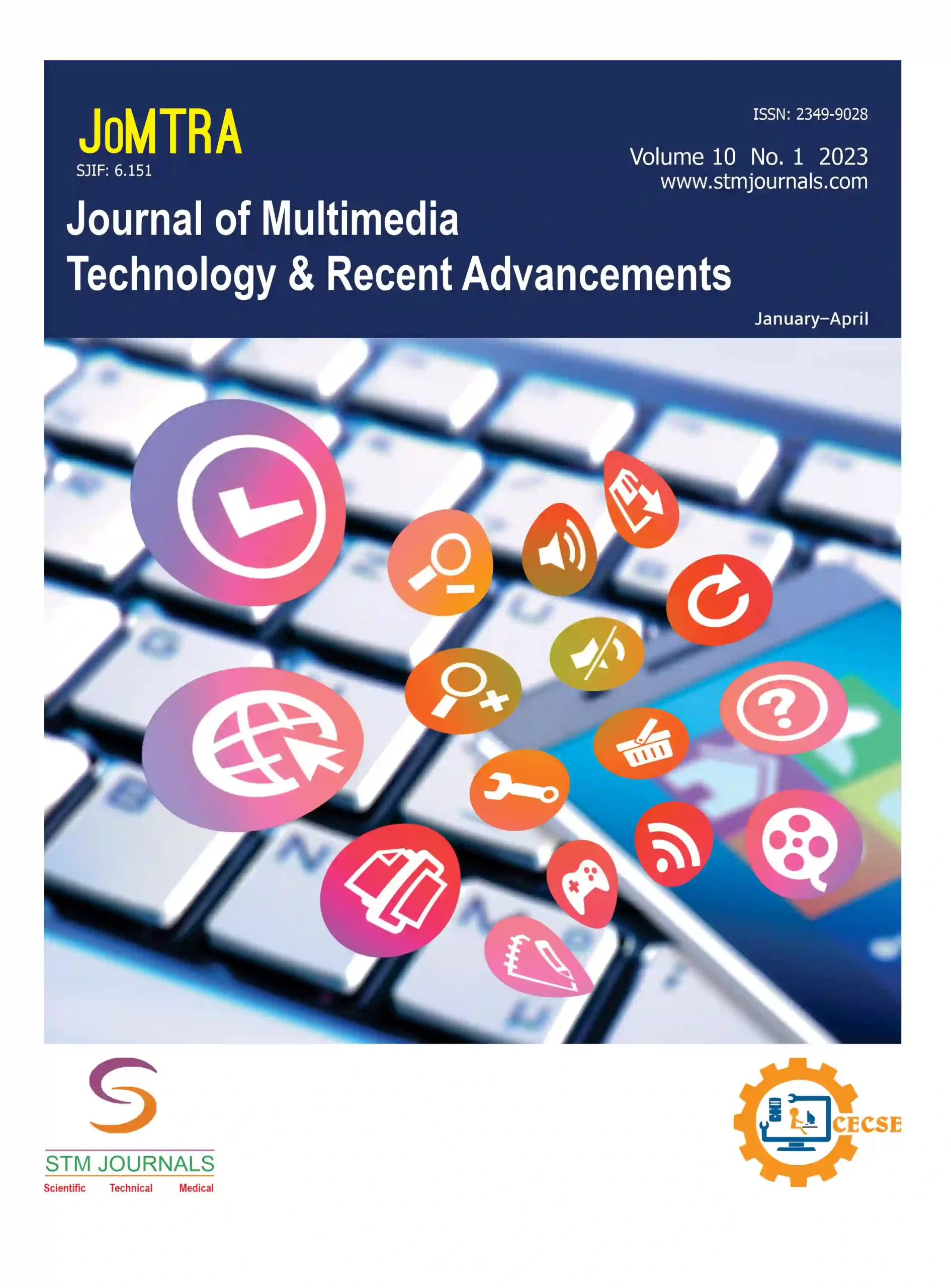
Krishnapriya S.

Aneesh Babu A. K.

Aswin Kavil Biju

Abidha Abdul Karim Rawther

Bejoy Antony
- Student Electronics and Communication, St.Thomas College of Engineering And Technology, Chengannur Kerala India
- Student Electronics and Communication, St.Thomas College of Engineering And Technology, Chengannur Kerala India
- Student Electronics and Communication, St.Thomas College of Engineering And Technology, Chengannur Kerala India
- Assistant Professor Electronics and Communication, St.Thomas College of Engineering And Technology, Chengannur Kerala India
- Assistant Professor Electronics and Communication, St.Thomas College of Engineering And Technology, Chengannur Kerala India
Abstract
One of the significant issues contributing to environmental hazards is the ongoing accumulation of waste. As the global population continues to grow, waste is being discarded in single locations, mixing different types of refuse. In India, the total generated waste is projected to exceed 150,000 metric tons per day. Waste is often scattered along roadsides, and the personnel responsible for management do not collect it regularly. This automated waste segregation bin project aims to enhance efficiency, utilizing IoT-based smart sorting and management to categorize waste as dry, metallic and wet using sensors such as IR sensors, ultrasonic sensors, inductive proximity sensors and moisture sensors. The microcontroller incorporates a Wi-Fi module alongside the Arduino to enable effective, closed-loop operations. Arduino manages sensor and servo motor functions, monitoring the entire waste process including levels and separation. This approach reduces open organic waste decomposition and subsequent microorganism growth. The proposed system divides waste into dry, metallic and wet waste. This application is a viable approach for waste management and sorting. Using a cloud server, data gathered by Arduino can be easily accessed by authorities, providing information on the garbage filling level without the need for manual checks.
Keywords: Automatic Waste Segregation and Monitoring System, IoT based technology, sensor-based working, Real time monitoring system, cost-effectiveness.
[This article belongs to Journal of Multimedia Technology & Recent Advancements(jomtra)]
References
- Wijaya AS, Zainuddin Z, Niswar M. Design a smart waste bin for smart waste management. In2017 5th International Conference on Instrumentation, Control, and Automation (ICA) 2017 Aug 9 (pp. 62-66). IEEE.
- Zubair M, Mathur Y, Rathore H, Gupta P, Banerjee S. Smart Waste Bin: Mechanical and AI Based Waste Segregation. In2022 Second International Conference on Artificial Intelligence and Smart Energy (ICAIS) 2022 Feb 23 (pp. 63-66). IEEE.
- Mohamed A, ElSayed Y, Mahasneh H, Rohouma WM, Al Otoom A. Intelligent Trash Bin for Smart Cities. In2023 1st International Conference on Advanced Innovations in Smart Cities (ICAISC) 2023 Jan 23 (pp. 1-4). IEEE.
- Sinthiya NJ, Chowdhury TA, Haque AB. Artificial intelligence based Smart Waste Management—a systematic review. Computational Intelligence Techniques for Green Smart Cities. 2022 Apr 22:67-92.
- Devi RS, Vijaykumar VR, Muthumeena M. Waste segregation using deep learning algorithm. International Journal of Innovative Technology and Exploring Engineering. 2018 Dec;8(02).
- VJ A, Balakrishnan K, Rosmi TB, Krishna KS, Sreejith S, Subha TD. Automatic waste segregator and monitoring system. Journal of Microcontroller Engineering and Applications. 2016;3(2):1-7.
- Motor S. What is a servo motor?-understanding the basics of servo motor working. 2015. Available from https://circuitdigest.com/article/servo-motor-working-and-basics
- Agarwal T. Soil Moisture Sensor: Pin Configuration, Working and Applications. ElProCus – Electronic Projects for Engineering Students. 2019. Available from: https://www.elprocus.com/soil-moisture-sensor-working-and-applications/
- Samann FE. The design and implementation of smart trash bin. Academic Journal of Nawroz University. 2017 Aug 30;6(3):141-8.
- ESP8266 WiFi Module Interfacing with Arduino UNO | Arduino. Electronicwings.com. 2019. Available from: https://www.electronicwings.com/arduino/esp8266-wifi-module-interfacing-with-arduino-uno

Journal of Multimedia Technology & Recent Advancements
| Volume | 11 |
| Issue | 02 |
| Received | May 3, 2024 |
| Accepted | May 24, 2024 |
| Published | July 9, 2024 |
function myFunction2() {
var x = document.getElementById(“browsefigure”);
if (x.style.display === “block”) {
x.style.display = “none”;
}
else { x.style.display = “Block”; }
}
document.querySelector(“.prevBtn”).addEventListener(“click”, () => {
changeSlides(-1);
});
document.querySelector(“.nextBtn”).addEventListener(“click”, () => {
changeSlides(1);
});
var slideIndex = 1;
showSlides(slideIndex);
function changeSlides(n) {
showSlides((slideIndex += n));
}
function currentSlide(n) {
showSlides((slideIndex = n));
}
function showSlides(n) {
var i;
var slides = document.getElementsByClassName(“Slide”);
var dots = document.getElementsByClassName(“Navdot”);
if (n > slides.length) { slideIndex = 1; }
if (n (item.style.display = “none”));
Array.from(dots).forEach(
item => (item.className = item.className.replace(” selected”, “”))
);
slides[slideIndex – 1].style.display = “block”;
dots[slideIndex – 1].className += ” selected”;
}

